- Home
- News
- Assets
The SharjahWastewater and Water Reuse Company.
- Bio Products
- Lakes and Wildlife
- Research
Al Saja’a, a part of Qatra Water Solutions, supports a wide range of biodiversity on-site wherein a large number of species, both flora and fauna thrive. It is a small site of approximately 2.5km long and 1km wide, with treatment ponds starting to take shape in 2016. Bordered by a mix of sand dune/gravel plain habitat, on the outskirts of Sharjah Industrial Area, the pools offer sheltered, mixed habitat for a variety of birds and insects.
Al Saja’a, a part of Qatra Water Solutions, supports a wide range of biodiversity on-site wherein a large number of species, both flora and fauna thrive. It is a small site of approximately 2.5km long and 1km wide, with treatment ponds starting to take shape in 2016. Bordered by a mix of sand dune/gravel plain habitat, on the outskirts of Sharjah Industrial Area, the pools offer sheltered, mixed habitat for a variety of birds and insects.
Discover below some of the species you can find at the Qatra lakes.
Discover below some of the species you can find at the Qatra lakes.
Qatra’s Al Saja’a site provides a habitat to over 26 birds including long-distance migrants and some endangered species. such as Ferruginous Ducks. The area offers year-round habitat; a stopover for migrants, and breeding grounds for resident species such as the Little Grebe.
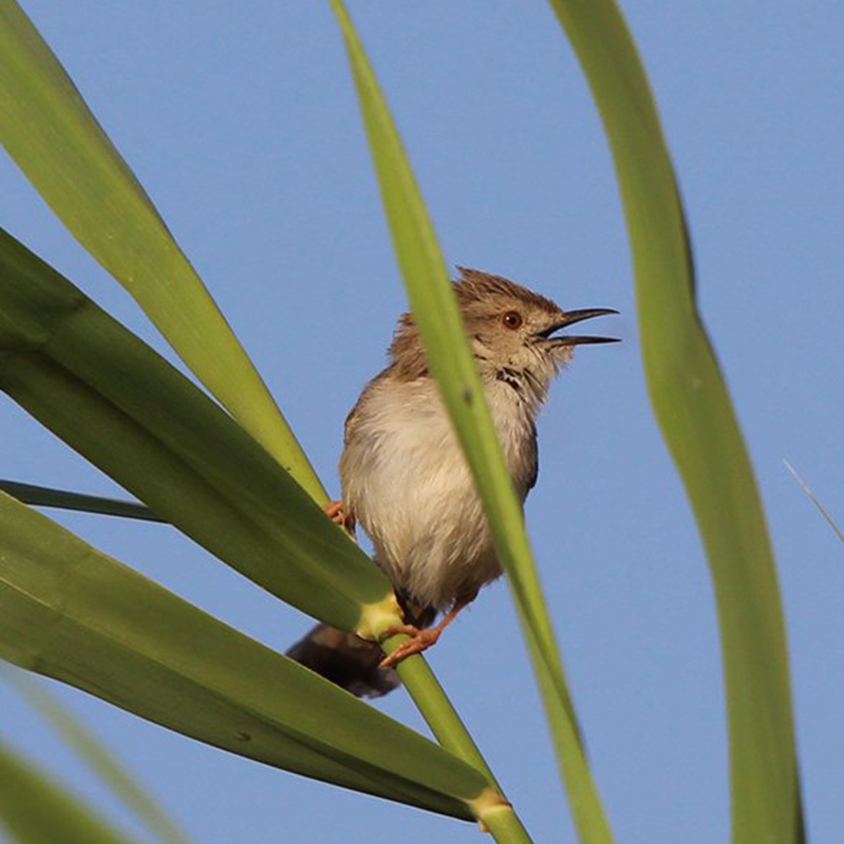
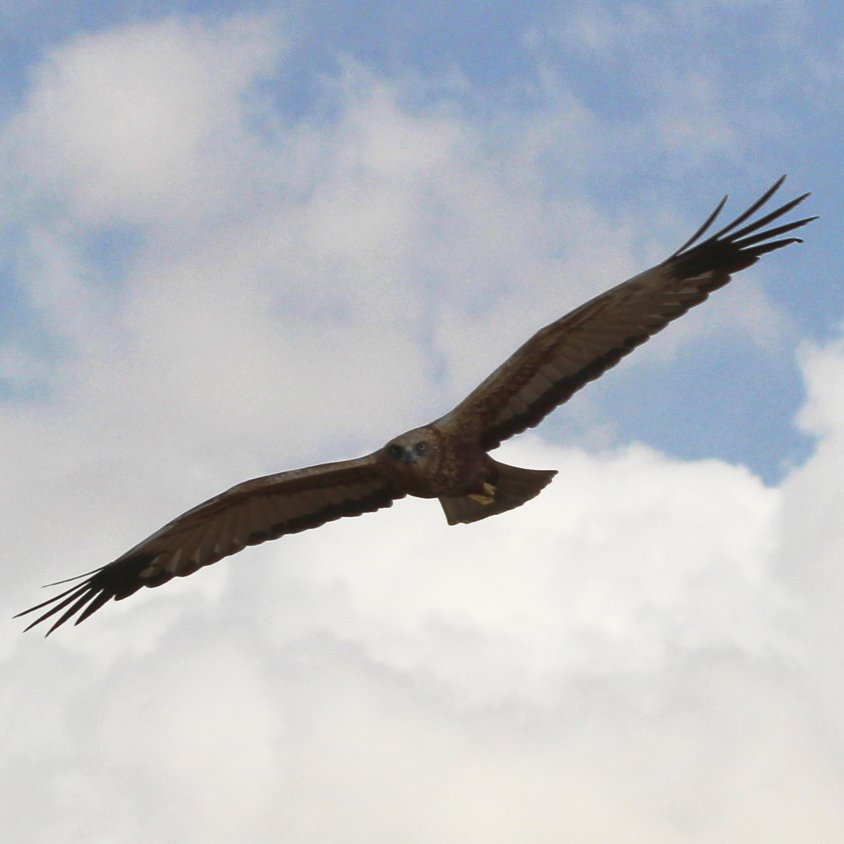
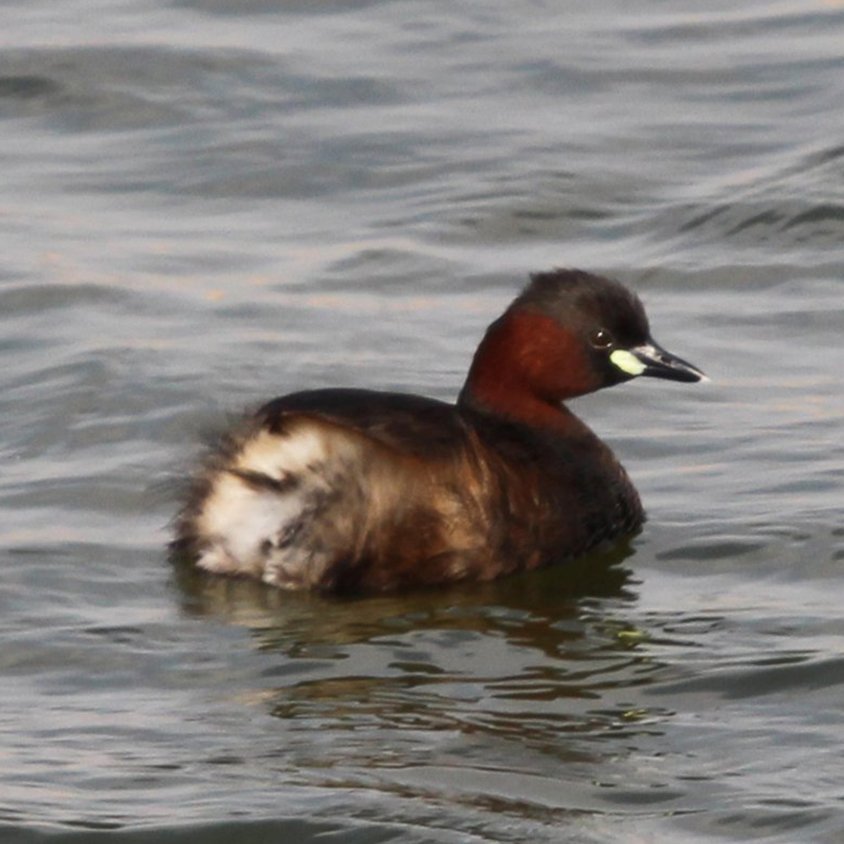
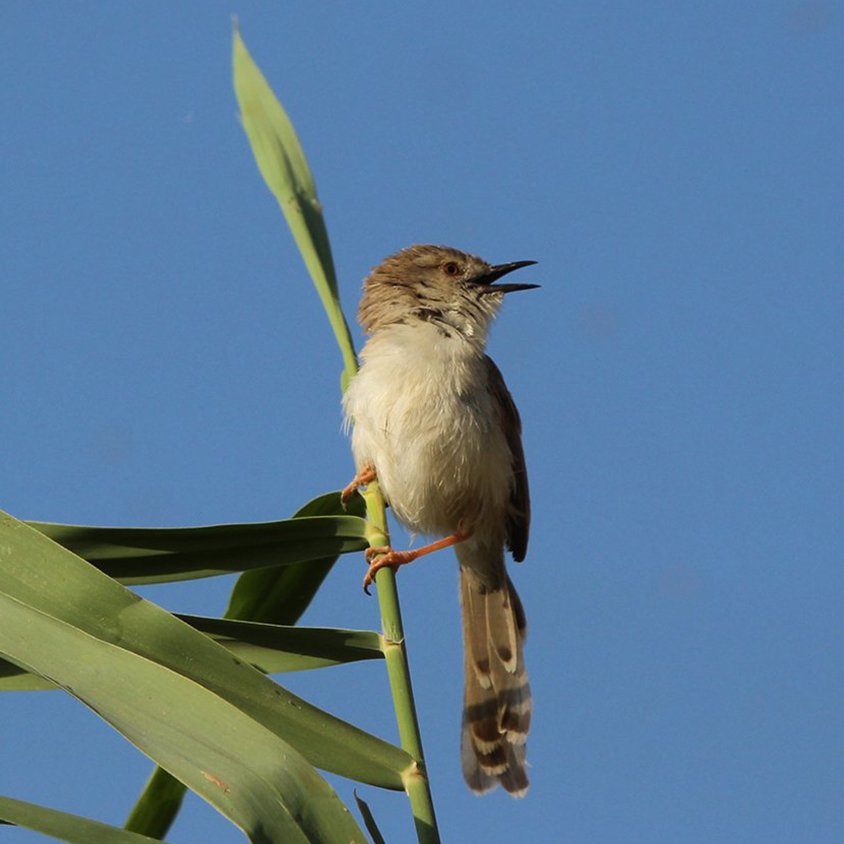
Western Marsh Harriers are large raptors, which migrate from their breeding grounds in Europe to overwinter in the UAE. Flying low over the reed beds, catching prey on water or sometimes in the air, their diet consists of small mammals, reptiles and shorebirds, passerines and ducks and they can be observed hunting Little Grebes in Qatra. They also like to perch on high shrubs to preen, and rest between hunting periods. They are considered Near Threatened on the Regional IUCN Red List. Up to 8 individuals were seen at one time and best to see early morning or late afternoon (between late September and end of March).
A flock of around 50 gulls travel between Qatra and the adjacent Waste Management Site, they come to drink and rest in the ponds. During winter, they have a noticeable black spot behind the eyes, changing to a much darker grey head over summer months and their legs and beak are red in colour.
Western Reef Herons, Grey Herons and Little Egrets hug the edge of the ponds and all have a varied diet from fish and aquatic invertebrates to snakes and even small birds. A large heron standing almost 1m tall, Grey Herons are considered Near Threatened on the Regional IUCN Red List, Qatra provides important habitat for the species during the winter months and can be heard calling ‘waak’ during flight.
Western Reef Herons have white and dark morphs, the white morph is similar to a Little Egret and can be distinguished by the colour of the bill – Little Egrets have all black bills, black legs and yellow feet and Western Reef Herons have yellow bills. They like to feed from rocks or slowly wading in water to find their food.
A small-sized waterbird, the Little Grebe, occupies all the ponds in Qatra, they are quick divers and prefer well-vegetated pools to escape to when the Western Marsh Harriers are hunting. They are resident all year, and most likely breed in the Qatra reeds, and have a distinctive, loud high-pitched trilling call.
A black bird, with a distinct red bill with yellow tip, a very shy bird that is rarely seen in open water and seeks vegetation quickly when disturbed, they also walk on aquatic vegetation searching for insects, seeds, small fish and snails.
Ferruginous Duck’s preferred habitat are marshes surrounded by reeds to shelter and hide, you are more likely to hear Ferruginous Duck than see them as they are very shy birds, but when they fly they have a very distinct white strip along their rusty-brown wings. They migrate through UAE during winter, but occasionally can still be found here in summer. They are considered Near Threatened on the Regional IUCN Red List.
Egyptian Geese are an introduced species to the UAE, and their preferred habitat are freshwater wetlands. An adult pair of Egyptian Geese use the banks of the ponds to preen,
rest and feed.
A small-sized sandy coloured shorebird, which feeds on aquatic insects along the sand/mud edges of the ponds, as a migrant they join other flocks of shorebirds.
A small, brown bird with a short bill, usually found in small groups in shallow water. Tends to feed on insects on the water surface and are quite abundant in the region, although only one was spotted in Qatra. They are long distance migrants from Europe and Central Asia, building up fat reserves ready to return for the breeding season.
The Black-winged Stilt has very long red legs, and a slim black and white body, it is a resident breeding bird in the UAE and they nest on the ground between March and June.
A loud bird, more often heard than seen, very similar behaviour to the Graceful Prinia, although slightly larger with a dark line running across the eyes and a much shorter tail. They breed in reedbeds and are resident in the UAE year-round.
A small -and very active bird, which flits between the reeds with ease, with a distinctive long graduated tail and red-ish eyes. A very noisy bird, you are more likely to hear it calling than see it, a long monotonous chattering call, often seen perched on exposed reeds for only a few moments.
A small, long-tailed finch with a chunky body and short bill. Grey-brown above and white-ish rump with a black tail. In Qatra, a pair was seen in the reeds, more often found in small groups so perhaps some were hiding!
There is only one species of Sunbird in the UAE, the Purple Sunbird, is a metallic blue-black (male) or mousey-brown with yellow-ish underparts (female). They feed mostly on nectar, and found to be associated with Sodom’s apple plants around Qatra ponds.
Very difficult to distinguish and identify Swifts, particularly without photos, but Qatra offers an abundance of aerial insects which they love to feed on over the water. The species observed was most likely Common Swift.
A very colourful bird, the Green Bee-eater is a small green bird, with a bright blue throat and black stripe running through the eye. There is a pair at Qatra (Bee-Eaters are monogamous for life), and could possibly be nesting in the sand banks, the pair were often seen perched on wooden stakes and signage never far from each other.
A very easily identifiable bird, grey, white and black plumage, with a long tail which bobs up and down. In Qatra it was often seen in small groups, particularly along the sandy tracks and open gravel areas. They are only present in the UAE in the winter months, they feed on a varied diet of small insects including flies, dragonflies, spiders and beetles. They areconsidered Near Threatened on the Regional IUCN Red List.
A very noisy bird, Red-wattled Lapwings have long, yellow legs and distinct red beaks, black heads and white underparts. They much prefer open ground, often seen in pairs or small groups, and are resident breeders in the UAE between March and August.
A very common bird in the UAE, a multicoloured bird of browns, whites, and a black ‘bib’, and grey crown. They are often seen in small groups, and are associated with human habitation, most likely spending most of their time in the Damas (Conocarpus lancifolius) trees bordering Qatra.
The Eurasian Collared Dove and Laughing Dove look very similar, and are often observed together. The Collared Dove has a black ring around the back of the neck, they are both
resident to the UAE and are associated with human activities.
Crested Larks are brown birds that have a long spiky crest on their head, with very short tails, they especially like dry open areas, along roadsides near habitation. Their main food source is vegetation – seeds and grains, but they sometimes eat ground beetles.
A very distinctive orange bird, with a zebra-like striped body, and a long crest which they often open on landing, and long black bill to get to the insects deep underground, they spend almost all of their time on the ground.
A large black bird, very comfortable around humans and scavenge on rubbish; noisy and gregarious, often found in large numbers.
Common Name (No. Observed) | Scientific Name | Migratory |
|---|---|---|
Western Marsh Harrier (8)
Black-headed Gull (50)
Little Egret (1)Western Reef Heron (2)Grey Heron (1)Little Grebe (50-100)Common Moorhen (5-10)Ferruginous Duck (4-6)Egyptian Goose (2)Kentish Plover (1)Little Stint (1)Black-winged Stilt (1)Indian Reed Warbler (>5)Graceful Prinia (>5)Indian Silverbill (2)Purple Sunbird (1)Common Swift (5)Green Bee-Eater (2)White Wagtail (5-10)Red-wattled Lapwing (5)Indian House Sparrow (10)Eurasian Collared Dove (5)Laughing Dove (2)Crested Lark (1)Eurasian Hoopoe (1)House Crow (3) | Circus aeruginosus
Chroicocephalus ridibundus
Egretta garzetta
Egretta gularis
Ardea cinerea
Tachybaptus ruficollis
Gallinula chloropus
Aythya nyroca
Alopochen aegyptiaca
Charadrius alexandrinus
Calidris minuta
Himantopus himantopus
Acrocephalus (stentoreus) brunnescens
Prinia gracilis
Euodice malabarica
Cinnyris asiaticus
Apus apus
Merops orientalis
Motacilla alba
Vanellus indicus
Passer (domesticus) indicus
Streptopelia decaocto
Streptopelia senegalensis
Galerida cristata
Upupa epops
Corvus splendens |
Y
Y
Y
Y
Y
Y
Y
|
Western Marsh Harriers are large raptors, which migrate from their breeding grounds in Europe to overwinter in the UAE. Flying low over the reed beds, catching prey on water or sometimes in the air, their diet consists of small mammals, reptiles and shorebirds, passerines and ducks and they can be observed hunting Little Grebes in Qatra. They also like to perch on high shrubs to preen, and rest between hunting periods. They are considered Near Threatened on the Regional IUCN Red List. Up to 8 individuals were seen at one time and best to see early morning or late afternoon (between late September and end of March).
A flock of around 50 gulls travel between Qatra and the adjacent Waste Management Site, they come to drink and rest in the ponds. During winter, they have a noticeable black spot behind the eyes, changing to a much darker grey head over summer months and their legs and beak are red in colour.
Western Reef Herons, Grey Herons and Little Egrets hug the edge of the ponds and all have a varied diet from fish and aquatic invertebrates to snakes and even small birds. A large heron standing almost 1m tall, Grey Herons are considered Near Threatened on the Regional IUCN Red List, Qatra provides important habitat for the species during the winter months and can be heard calling ‘waak’ during flight.
Western Reef Herons have white and dark morphs, the white morph is similar to a Little Egret and can be distinguished by the colour of the bill – Little Egrets have all black bills, black legs and yellow feet and Western Reef Herons have yellow bills. They like to feed from rocks or slowly wading in water to find their food.
A small-sized waterbird, the Little Grebe, occupies all the ponds in Qatra, they are quick divers and prefer well-vegetated pools to escape to when the Western Marsh Harriers are hunting. They are resident all year, and most likely breed in the Qatra reeds, and have a distinctive, loud high-pitched trilling call.
A black bird, with a distinct red bill with yellow tip, a very shy bird that is rarely seen in open water and seeks vegetation quickly when disturbed, they also walk on aquatic vegetation searching for insects, seeds, small fish and snails.
Ferruginous Duck’s preferred habitat are marshes surrounded by reeds to shelter and hide, you are more likely to hear Ferruginous Duck than see them as they are very shy birds, but when they fly they have a very distinct white strip along their rusty-brown wings. They migrate through UAE during winter, but occasionally can still be found here in summer. They are considered Near Threatened on the Regional IUCN Red List.
Egyptian Geese are an introduced species to the UAE, and their preferred habitat are freshwater wetlands. An adult pair of Egyptian Geese use the banks of the ponds to preen,
rest and feed.
A small-sized sandy coloured shorebird, which feeds on aquatic insects along the sand/mud edges of the ponds, as a migrant they join other flocks of shorebirds.
A small, brown bird with a short bill, usually found in small groups in shallow water. Tends to feed on insects on the water surface and are quite abundant in the region, although only one was spotted in Qatra. They are long distance migrants from Europe and Central Asia, building up fat reserves ready to return for the breeding season.
The Black-winged Stilt has very long red legs, and a slim black and white body, it is a resident breeding bird in the UAE and they nest on the ground between March and June.
A loud bird, more often heard than seen, very similar behaviour to the Graceful Prinia, although slightly larger with a dark line running across the eyes and a much shorter tail. They breed in reedbeds and are resident in the UAE year-round.
A small -and very active bird, which flits between the reeds with ease, with a distinctive long graduated tail and red-ish eyes. A very noisy bird, you are more likely to hear it calling than see it, a long monotonous chattering call, often seen perched on exposed reeds for only a few moments.
A small, long-tailed finch with a chunky body and short bill. Grey-brown above and white-ish rump with a black tail. In Qatra, a pair was seen in the reeds, more often found in small groups so perhaps some were hiding!
There is only one species of Sunbird in the UAE, the Purple Sunbird, is a metallic blue-black (male) or mousey-brown with yellow-ish underparts (female). They feed mostly on nectar, and found to be associated with Sodom’s apple plants around Qatra ponds.
Very difficult to distinguish and identify Swifts, particularly without photos, but Qatra offers an abundance of aerial insects which they love to feed on over the water. The species observed was most likely Common Swift.
A very colourful bird, the Green Bee-eater is a small green bird, with a bright blue throat and black stripe running through the eye. There is a pair at Qatra (Bee-Eaters are monogamous for life), and could possibly be nesting in the sand banks, the pair were often seen perched on wooden stakes and signage never far from each other.
A very easily identifiable bird, grey, white and black plumage, with a long tail which bobs up and down. In Qatra it was often seen in small groups, particularly along the sandy tracks and open gravel areas. They are only present in the UAE in the winter months, they feed on a varied diet of small insects including flies, dragonflies, spiders and beetles. They areconsidered Near Threatened on the Regional IUCN Red List.
A very noisy bird, Red-wattled Lapwings have long, yellow legs and distinct red beaks, black heads and white underparts. They much prefer open ground, often seen in pairs or small groups, and are resident breeders in the UAE between March and August.
A very common bird in the UAE, a multicoloured bird of browns, whites, and a black ‘bib’, and grey crown. They are often seen in small groups, and are associated with human habitation, most likely spending most of their time in the Damas (Conocarpus lancifolius) trees bordering Qatra.
The Eurasian Collared Dove and Laughing Dove look very similar, and are often observed together. The Collared Dove has a black ring around the back of the neck, they are both
resident to the UAE and are associated with human activities.
Crested Larks are brown birds that have a long spiky crest on their head, with very short tails, they especially like dry open areas, along roadsides near habitation. Their main food source is vegetation – seeds and grains, but they sometimes eat ground beetles.
A very distinctive orange bird, with a zebra-like striped body, and a long crest which they often open on landing, and long black bill to get to the insects deep underground, they spend almost all of their time on the ground.
A large black bird, very comfortable around humans and scavenge on rubbish; noisy and gregarious, often found in large numbers.
Common Name (No. Observed) | Scientific Name | Migratory |
|---|---|---|
Western Marsh Harrier (8)
Black-headed Gull (50)
Little Egret (1)Western Reef Heron (2)Grey Heron (1)Little Grebe (50-100)Common Moorhen (5-10)Ferruginous Duck (4-6)Egyptian Goose (2)Kentish Plover (1)Little Stint (1)Black-winged Stilt (1)Indian Reed Warbler (>5)Graceful Prinia (>5)Indian Silverbill (2)Purple Sunbird (1)Common Swift (5)Green Bee-Eater (2)White Wagtail (5-10)Red-wattled Lapwing (5)Indian House Sparrow (10)Eurasian Collared Dove (5)Laughing Dove (2)Crested Lark (1)Eurasian Hoopoe (1)House Crow (3) | Circus aeruginosus
Chroicocephalus ridibundus
Egretta garzetta
Egretta gularis
Ardea cinerea
Tachybaptus ruficollis
Gallinula chloropus
Aythya nyroca
Alopochen aegyptiaca
Charadrius alexandrinus
Calidris minuta
Himantopus himantopus
Acrocephalus (stentoreus) brunnescens
Prinia gracilis
Euodice malabarica
Cinnyris asiaticus
Apus apus
Merops orientalis
Motacilla alba
Vanellus indicus
Passer (domesticus) indicus
Streptopelia decaocto
Streptopelia senegalensis
Galerida cristata
Upupa epops
Corvus splendens |
Y
Y
Y
Y
Y
Y
Y
|
In predominantly desert surroundings, Qatra has managed to build a green patch near its Al Saja’a asset. Due to the water treatment and its storage in nearby ponds, there is an abundance of the Common Reed (Phragmites australis) around the area. The surrounding’s sandy banks provide habitat for a variety of grasses, sedges and even large shrubs. Plants that are rare in the UAE, such as the Perennial shrub (Farsetia linearis), are also growing naturally near the Qatra ponds. Close to 15 species of plants have been identified and as the size and age of Qatra grows, more plant species will flourish.
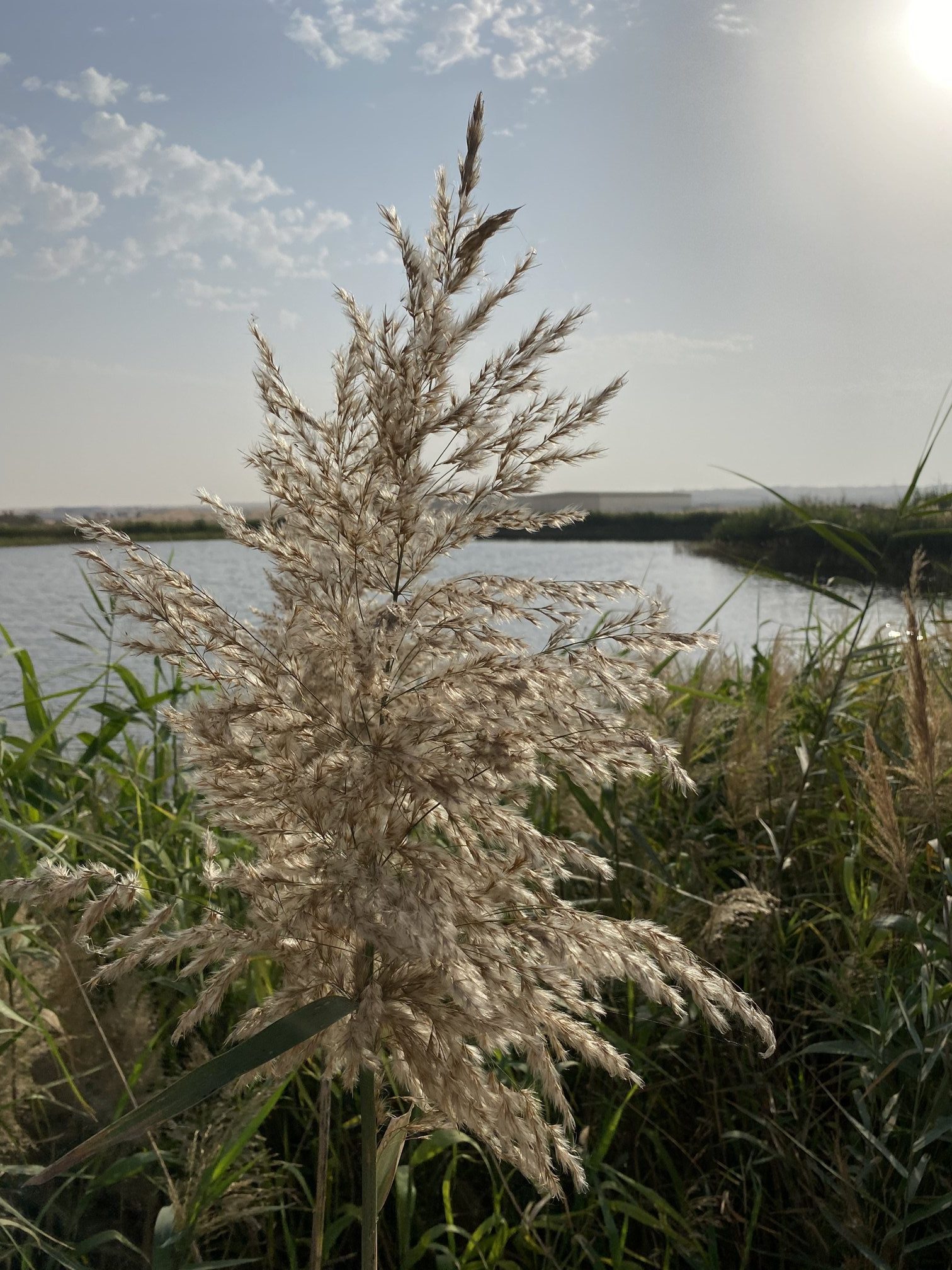
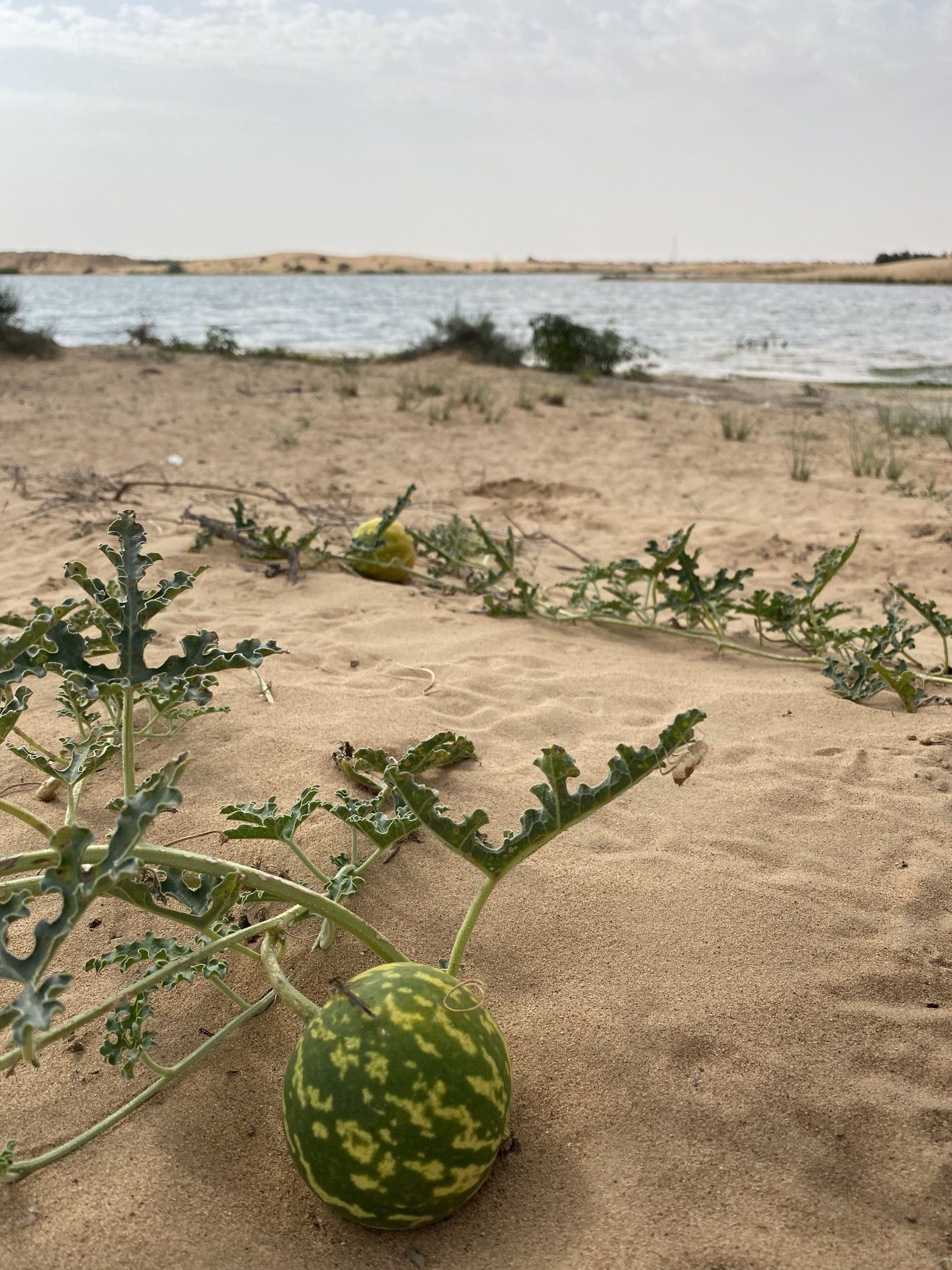
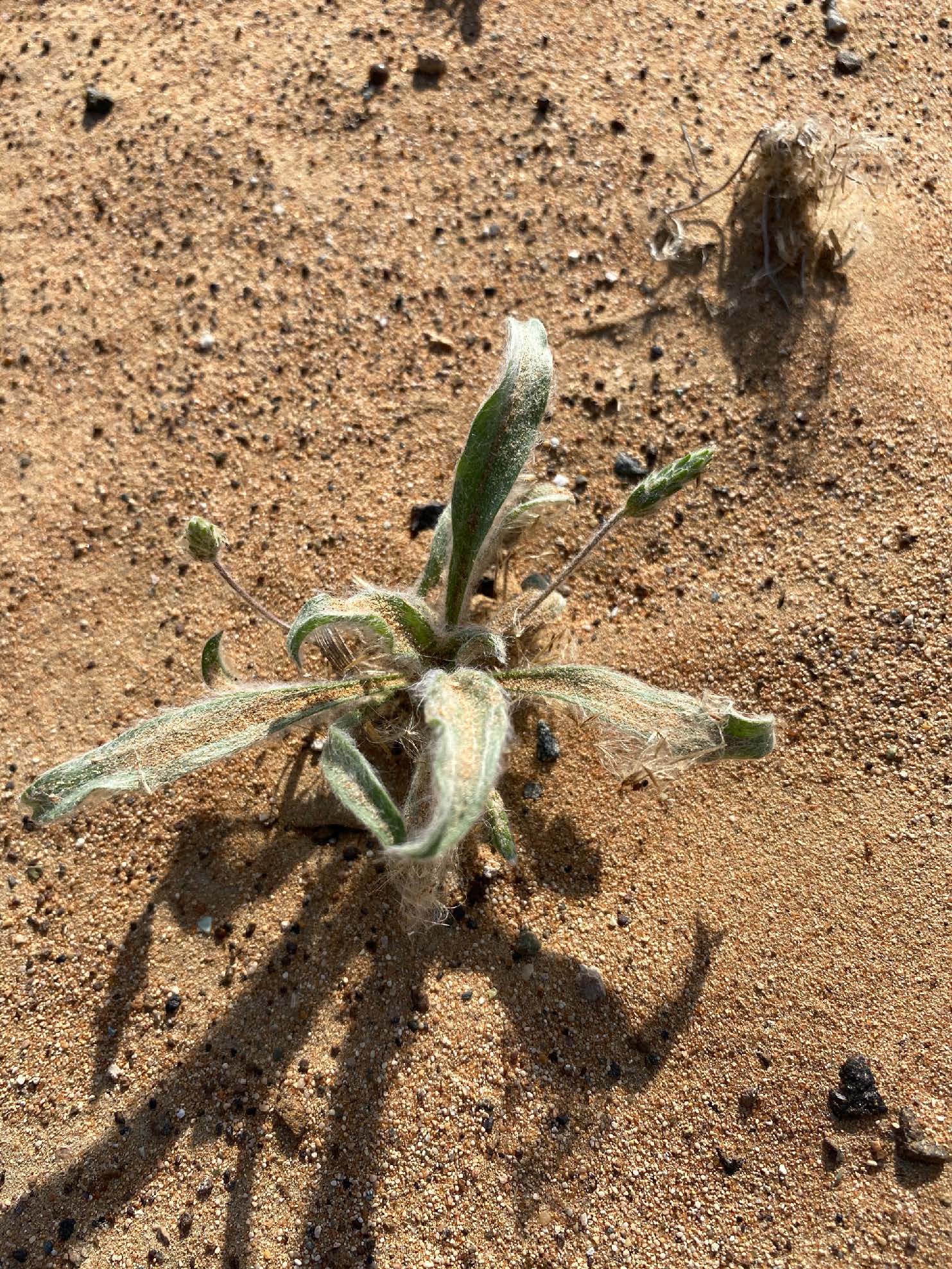
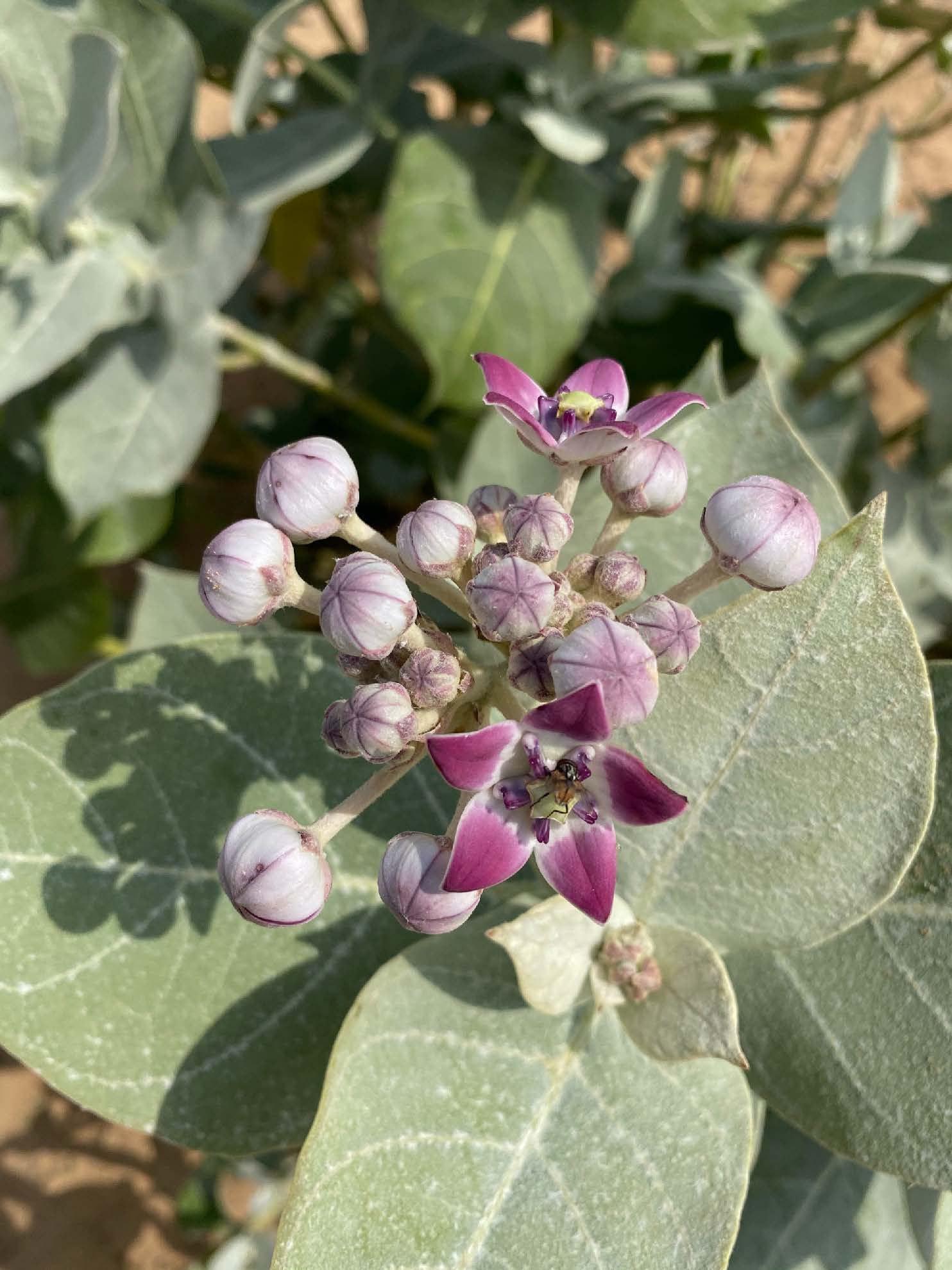
Common Name (No. Observed) | Scientific Name |
|---|---|
Common Reed
Fountain Grass
FlatsedgeFeather Finger GrassGiant Milkweed/Sodom’s AppleDesert SquashHeliotropesDandelion familyDandelion familyRimthTribulusDesert PlantainSmall annualPerennial shrub (Mustard family)Athel Tamarisk | Phragmites australis
Pennisetum setaceumCyperus conglomeratusChloris virgataCalotropis proceraCitrullus colocynthisHeliotropium sp.Launaea mucronataLaunaea capitataHaloxylon salicornicumTribulus sp.Plantago ovataEremobium aegyptiacumFarsetia linearis*Tamarix aphylla |
Common Name (No. Observed) | Scientific Name |
|---|---|
Common Reed
Fountain Grass
FlatsedgeFeather Finger GrassGiant Milkweed/Sodom’s AppleDesert SquashHeliotropesDandelion familyDandelion familyRimthTribulusDesert PlantainSmall annualPerennial shrub (Mustard family)Athel Tamarisk | Phragmites australis
Pennisetum setaceumCyperus conglomeratusChloris virgataCalotropis proceraCitrullus colocynthisHeliotropium sp.Launaea mucronataLaunaea capitataHaloxylon salicornicumTribulus sp.Plantago ovataEremobium aegyptiacumFarsetia linearis*Tamarix aphylla |
Qatra hosts a mix of terrestrial and aquatic habitats, many species of dragonflies and damselflies, butterflies, beetles, wasps and ants support a complex food web within the reeds and lakes. Pollinators are attracted to the annual flowers on the sandy banks, and spiders cover the reeds with their intricate webs.
As the seasons change at Qatra, different insects will thrive and offer an abundance of food for birds, mammals and reptiles.
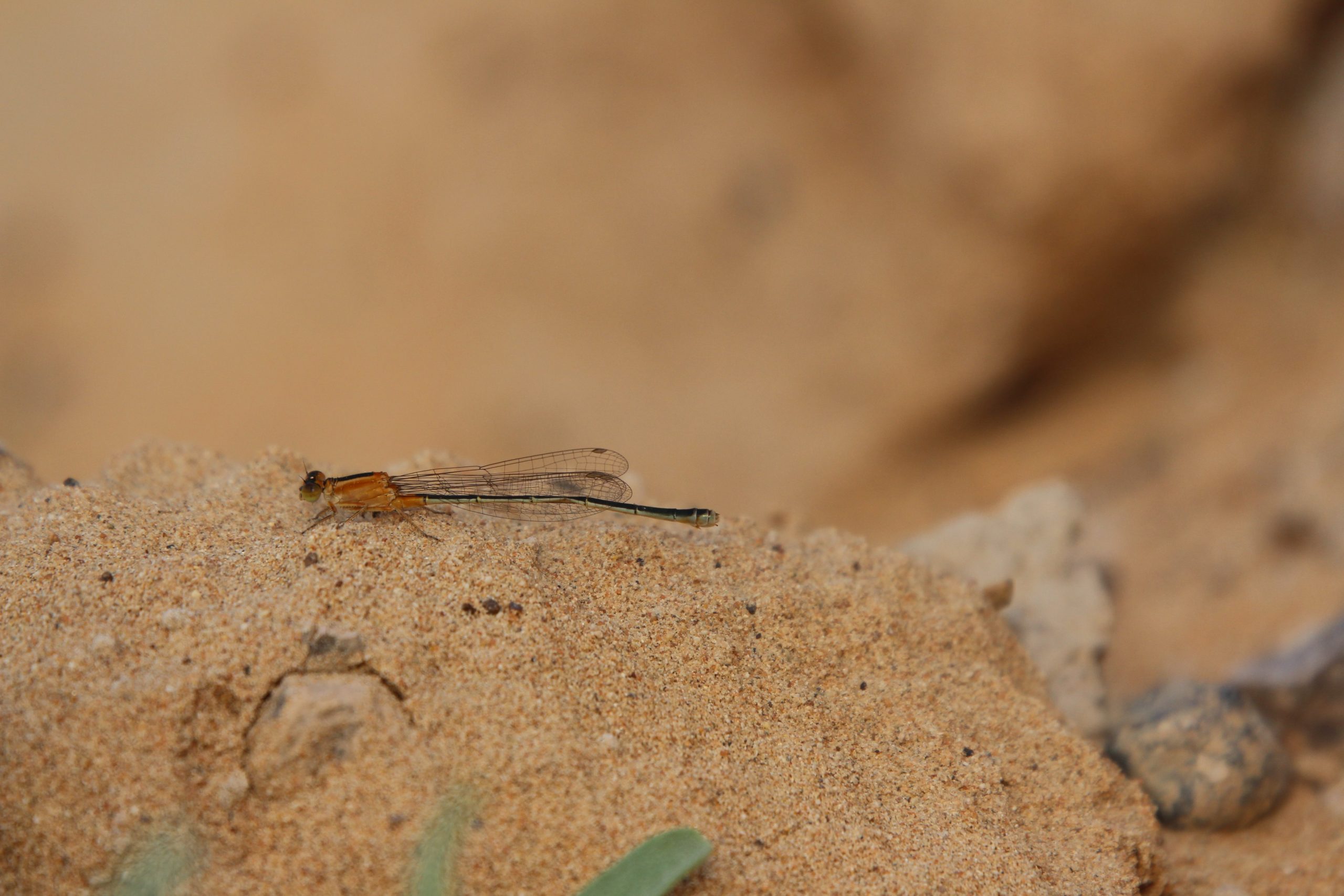
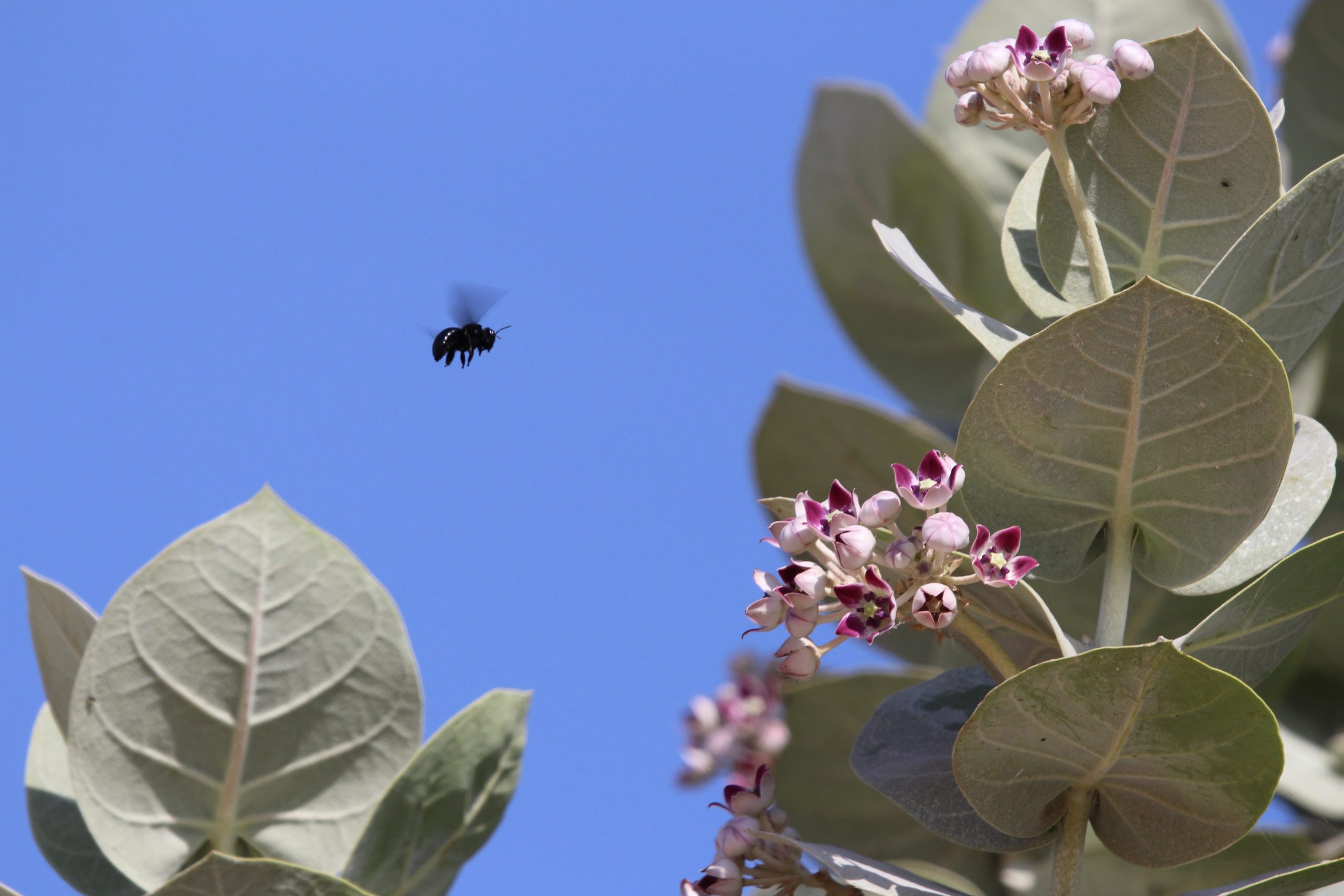
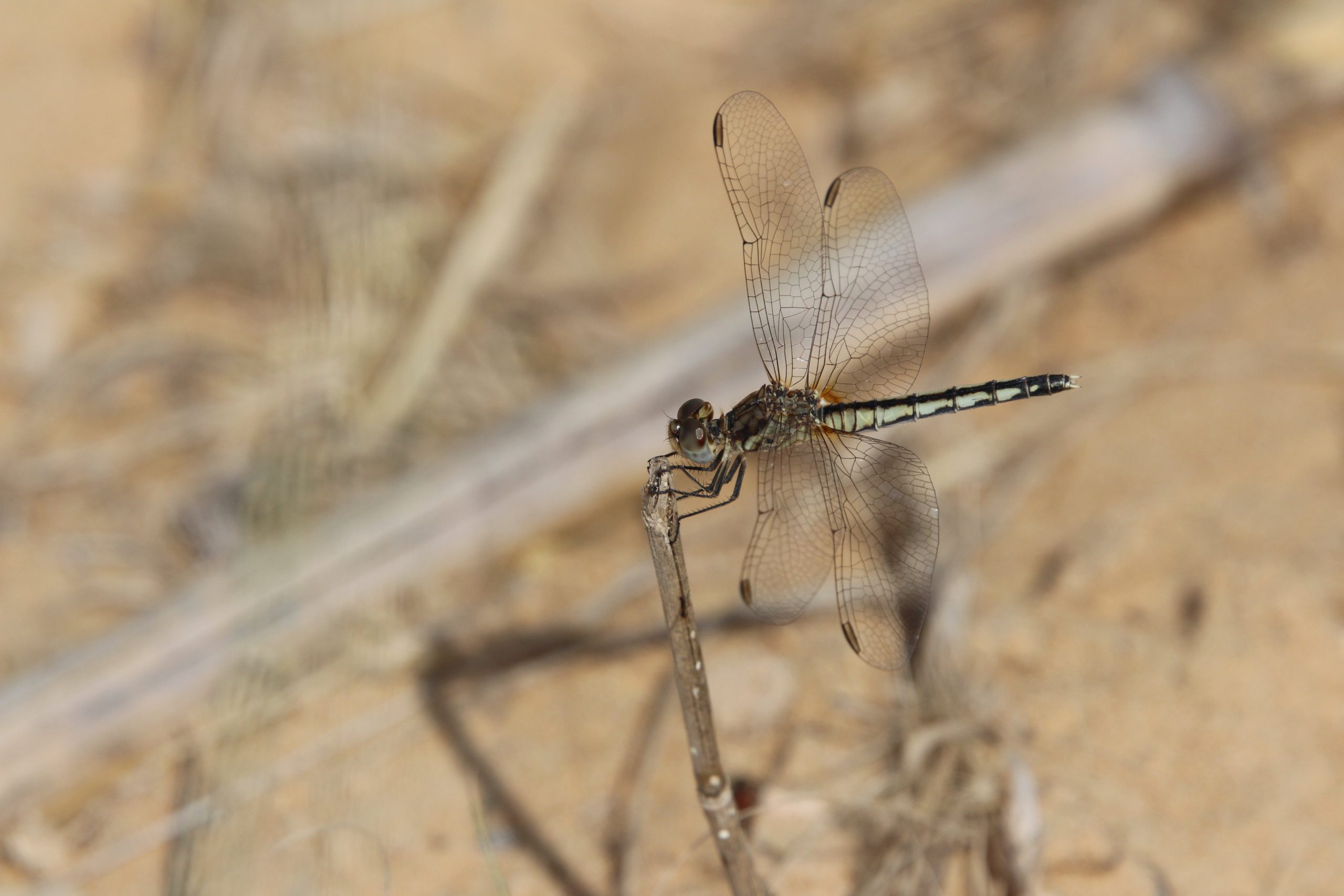
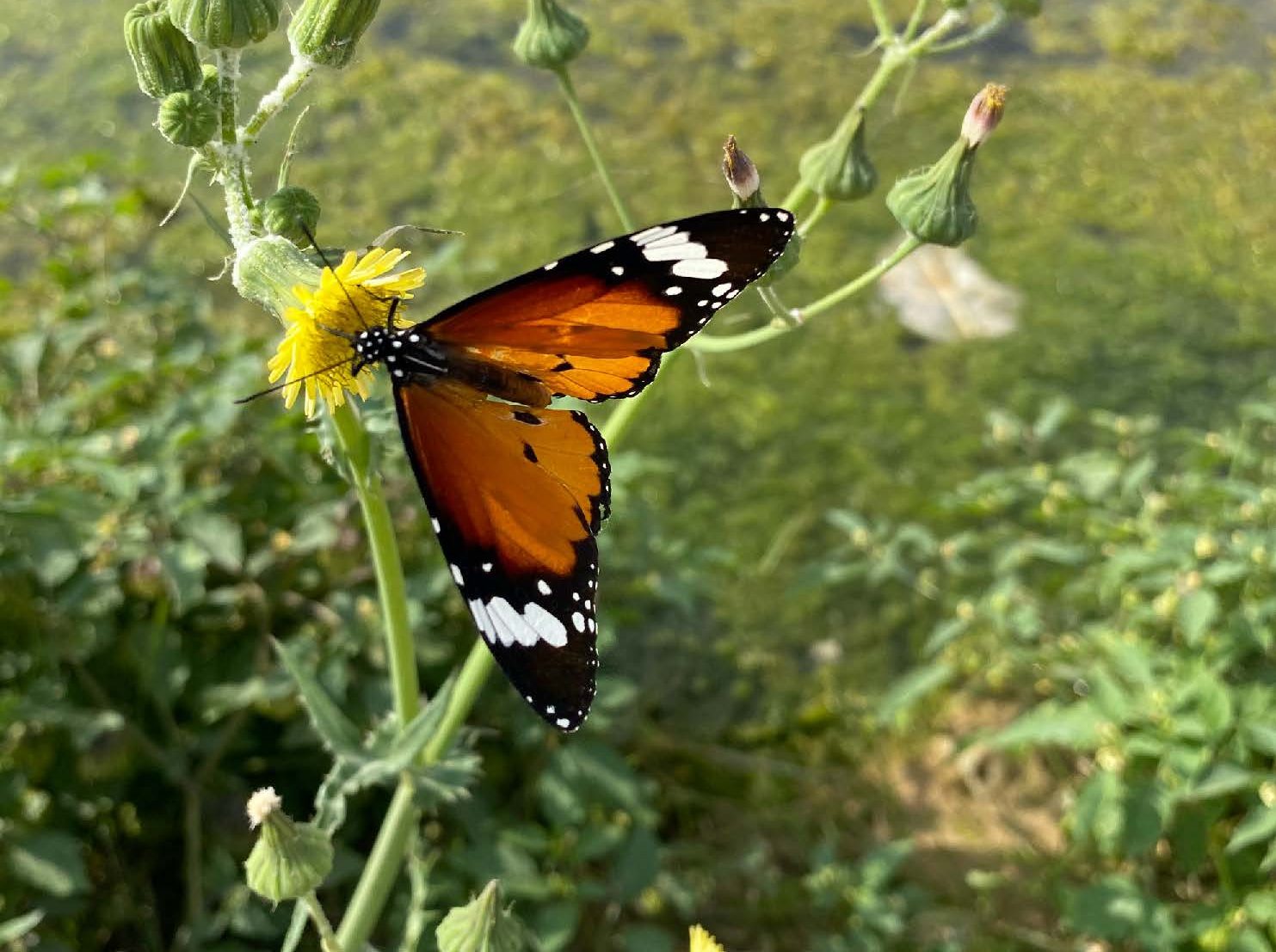
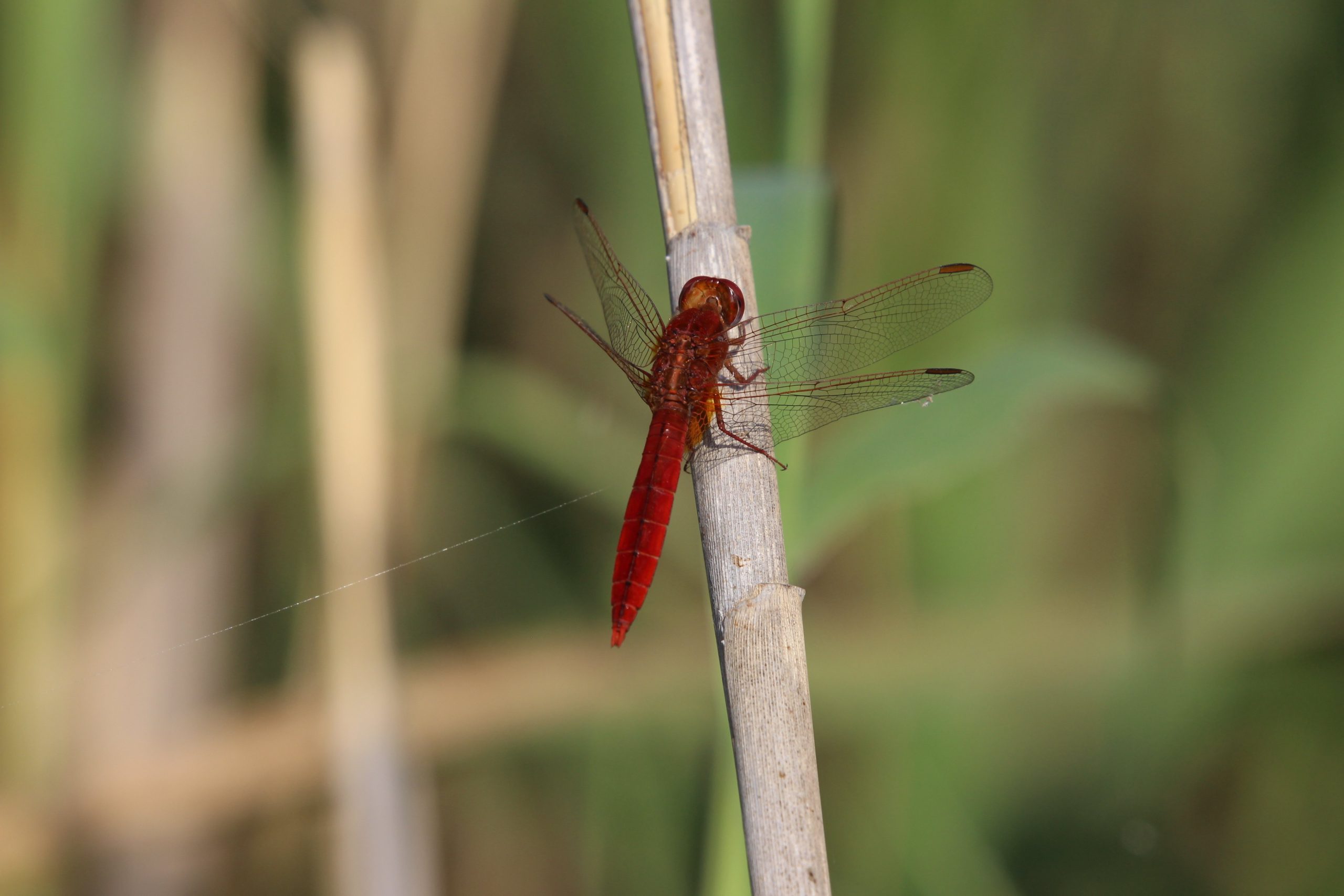
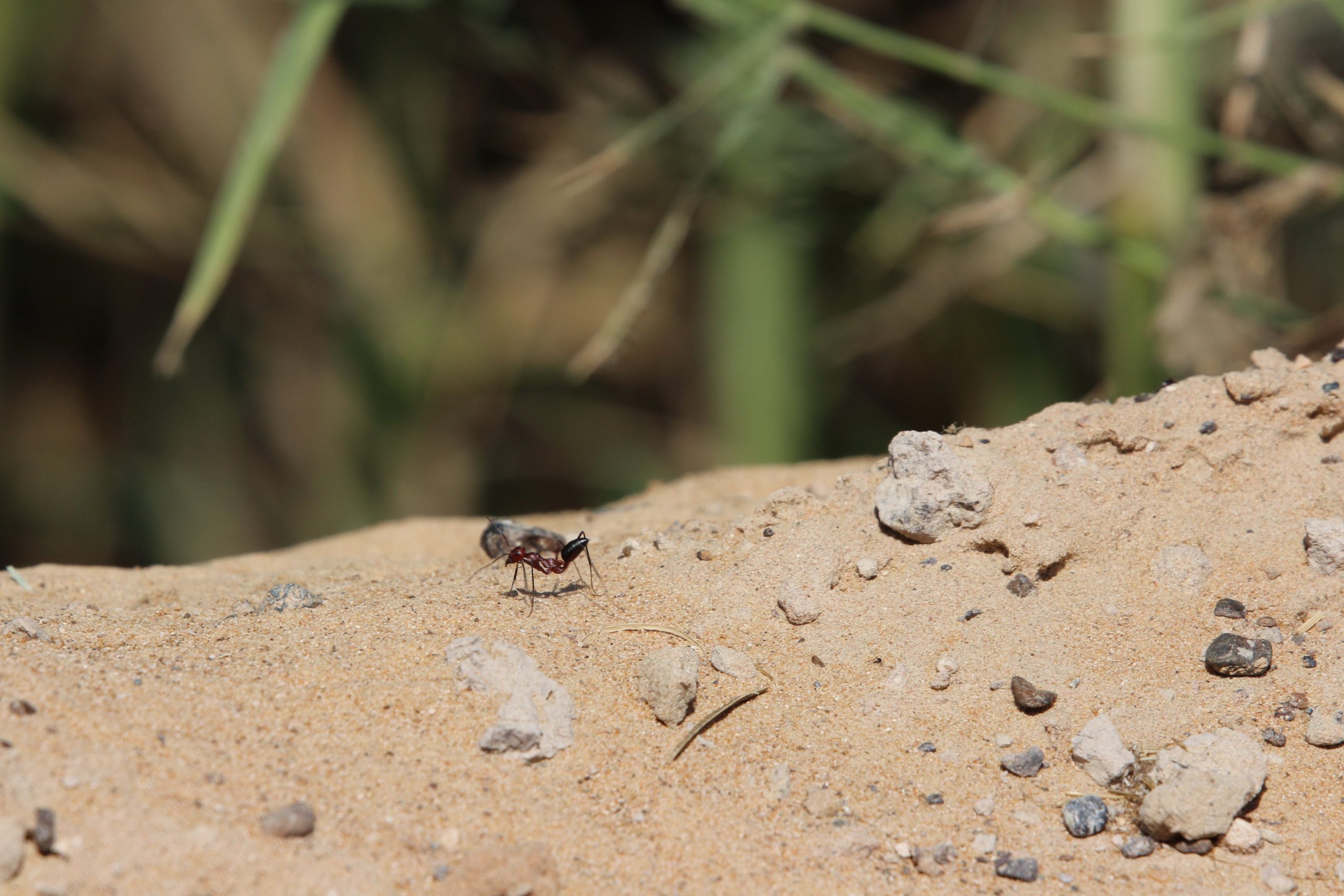
Common Name (No. Observed) | Scientific Name |
|---|---|
Dragonflies and Damselflies | Odonata |
Black PercherScarlet DarterGreen Marsh Hawk (Oasis Skimmer)Tropical BluetailDesert (Evan’s) Bluetail | Diplocodes lefebvriiCrocothemis eythraeaOrthetrum sabinaIschnura senegalensisIschnura evansi |
Butterflies | Lepidoptera |
Plain TigerPainted ladyDesert white | Danaus chrysippusVanessa carduiPontia glauconome |
Lacewings | Neuroptera |
Green lacewings | Chrysoperla sp. |
Mayflies | Ephemeroptera |
Mayfly | TBC |
Beetles | Coleoptera |
Arabian Dune BeetlesJewel BeetlesSoft-wing Flower Beetles | Erodius sauditusJulodis euphraticaMelyridae |
Bees, Wasps and Ants | Hymenoptera |
Desert AntsSugar AntsSolitary WaspsOriental HornetCuckoo WaspSand WaspCarpenter Bees | Cataglyphis nodusLepisiota sp.SpheciformessVespa orientalisChrysididaeBembix sp.Xylocopa fenestrata |
Flies | Diptera |
HoverfliesNon-Biting MidgesBlue Bottle FlyFlesh FliesRobber Flies | SyrphidaeChironomidaeCalliphora vomitoriaSarcophagidaeAsilidae |
Spiders, Ticks | Arachnids |
Jumping SpidersRadiated Wolf SpiderTick (Acari) | SalticidaeHogna radiataHyalomma sp. |
Aphids | Aphididae |
Green aphid | Unknown to species level |
Common Name (No. Observed) | Scientific Name |
|---|---|
Dragonflies and Damselflies | Odonata |
Black PercherScarlet DarterGreen Marsh Hawk (Oasis Skimmer)Tropical BluetailDesert (Evan’s) Bluetail | Diplocodes lefebvriiCrocothemis eythraeaOrthetrum sabinaIschnura senegalensisIschnura evansi |
Butterflies | Lepidoptera |
Plain TigerPainted ladyDesert white | Danaus chrysippusVanessa carduiPontia glauconome |
Lacewings | Neuroptera |
Green lacewings | Chrysoperla sp. |
Mayflies | Ephemeroptera |
Mayfly | TBC |
Beetles | Coleoptera |
Arabian Dune BeetlesJewel BeetlesSoft-wing Flower Beetles | Erodius sauditusJulodis euphraticaMelyridae |
Bees, Wasps and Ants | Hymenoptera |
Desert AntsSugar AntsSolitary WaspsOriental HornetCuckoo WaspSand WaspCarpenter Bees | Cataglyphis nodusLepisiota sp.SpheciformessVespa orientalisChrysididaeBembix sp.Xylocopa fenestrata |
Flies | Diptera |
HoverfliesNon-Biting MidgesBlue Bottle FlyFlesh FliesRobber Flies | SyrphidaeChironomidaeCalliphora vomitoriaSarcophagidaeAsilidae |
Spiders, Ticks | Arachnids |
Jumping SpidersRadiated Wolf SpiderTick (Acari) | SalticidaeHogna radiataHyalomma sp. |
Aphids | Aphididae |
Green aphid | Unknown to species level |
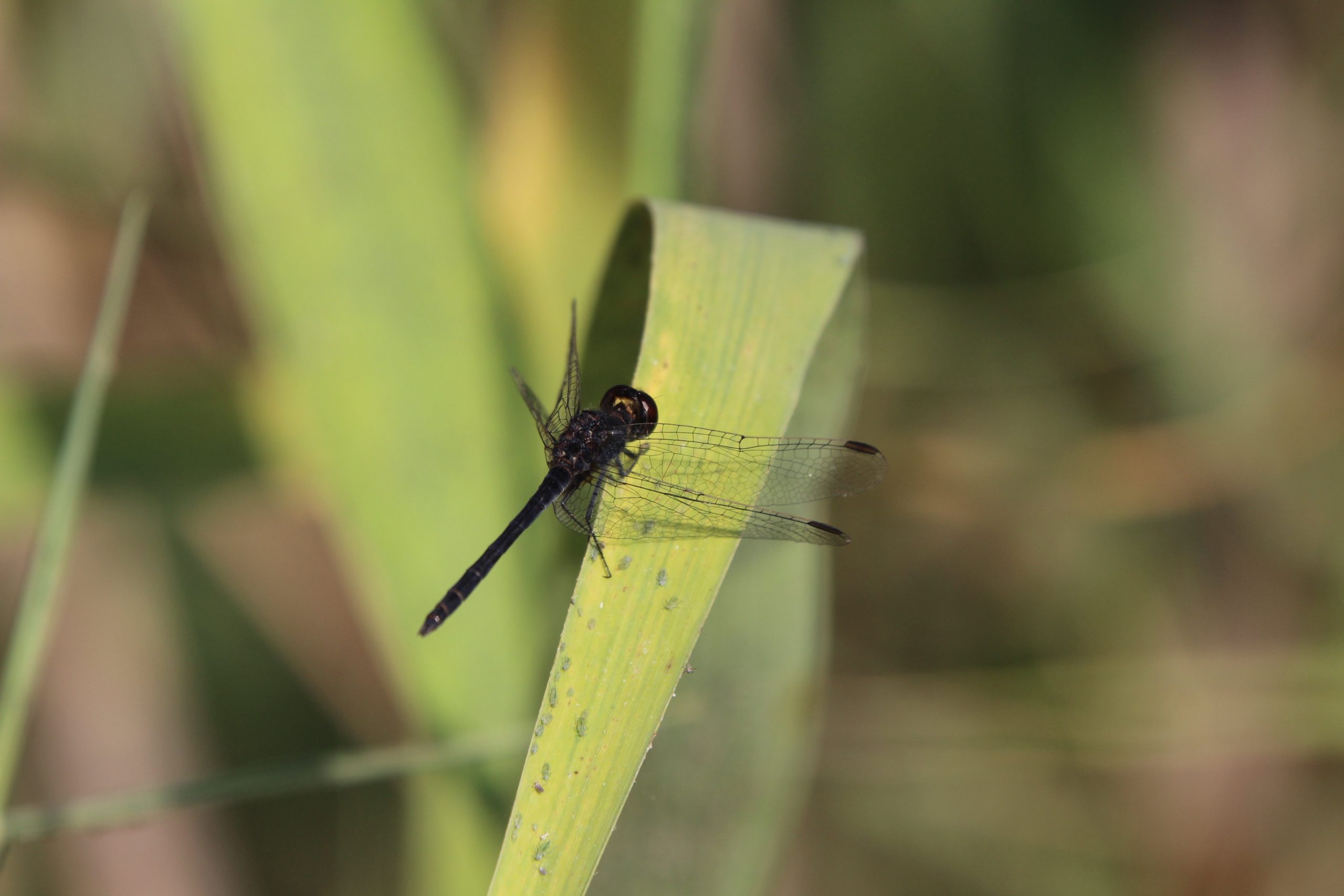
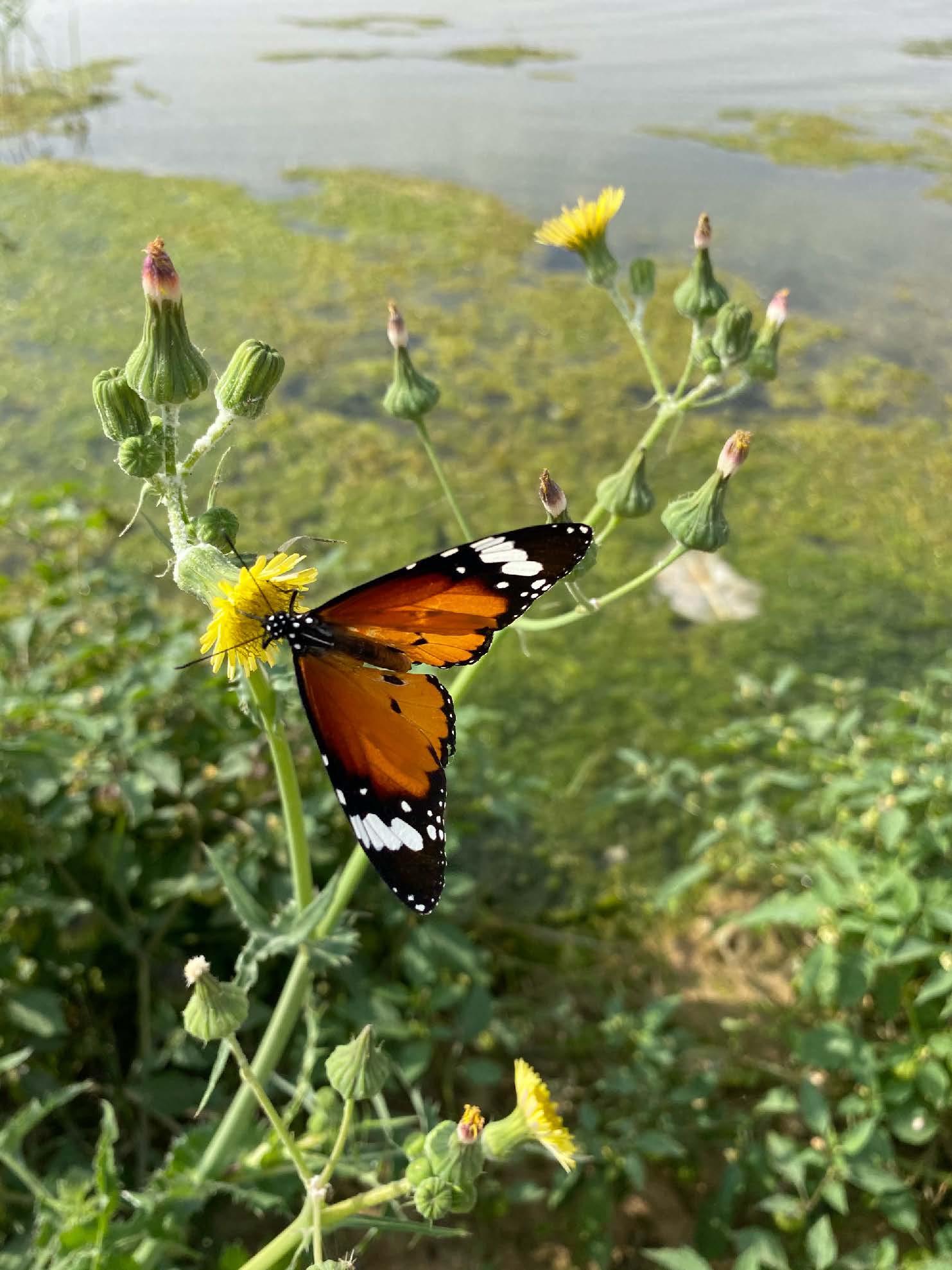
©2020 – Qatra
Website by ISM Media